Open fires are prohibited throughout the park from midnight to 4 p.m. through April 30 per the 4 p.m. Burning Law. This includes wood and charcoal. Gas is permissible. Campground fires are allowed during the restricted time if a camp host is on duty and signage to that effect is posted in the campground. Failure to observe the 4 p.m. Burning Law can result in a fine. Contact the Park Office for additional information.
Read Our Blogs
In just four years nature, and resource management, reclaimed park
Saturday, April 16, 2011, was a typical spring day at Staunton River State Park, our park of the month. Visitors were out playing in the park. Overnight guests were enjoying their weekend in the cabins and campground, and a fishing tournament was about to get underway.
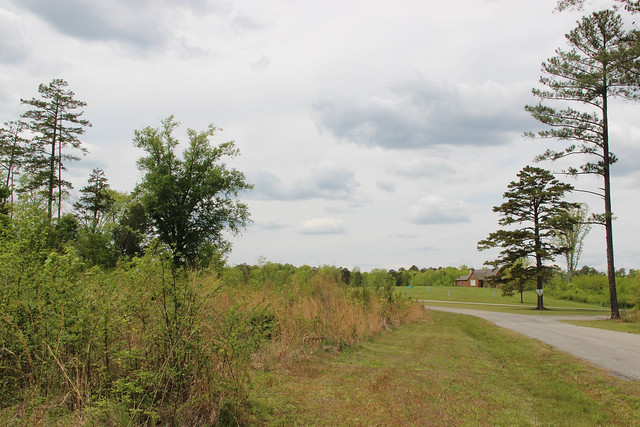
Most park structures were spared by the tornado, but 200 acres of mature forest were lost when a severe storm tore through Staunton River State Park
One of the park rangers and a volunteer staffer were in the Town of Halifax representing the park with a booth at the county’s Earth Day celebration. There was even a Search and Rescue team training in the park that weekend.
At approximately 3:10 p.m., a severe storm ripped through the park, completely leveling approximately 200 acres of mature forest. Fortunately, park staff received a tornado warning in just enough time to ensure that all visitors and staff were informed and everyone was able to get to a safe location.
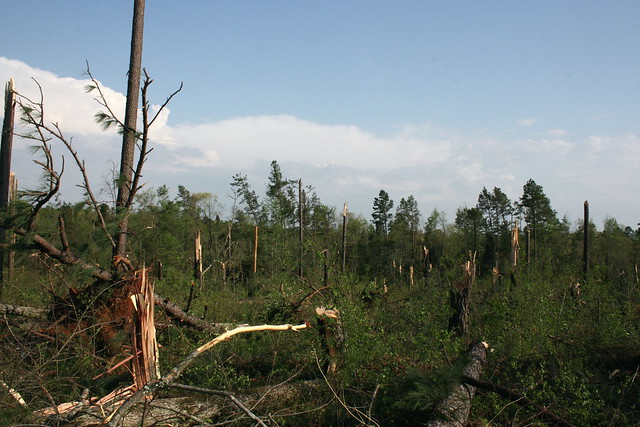
Just after the tornado stuck in April 2011
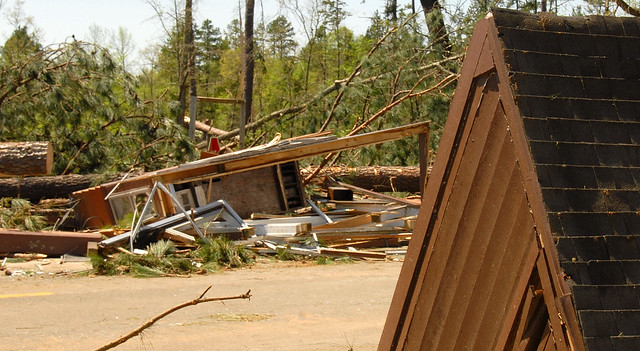
The park's contact station was destroyed by the tornado
There were no injuries to visitors caused by the storm that day, and only minor structural damage. All park buildings were spared except the contact station, which was completely destroyed, and one park residence, which received minor damage. The storm was determined to be a category EF-2 tornado, with winds of up to 120 miles per hour.
Today, at first glance the average visitor would never guess at the devastation that took place here just four years ago. Through the process of natural succession, along with help from Virginia State Parks staff, the ecosystem is beginning to heal itself and regenerate.
In fact, changes in the forest brought about by the storm have proven to be extremely beneficial to nearly all wildlife species including quail, dove, deer, turkey, and numerous other bird species.
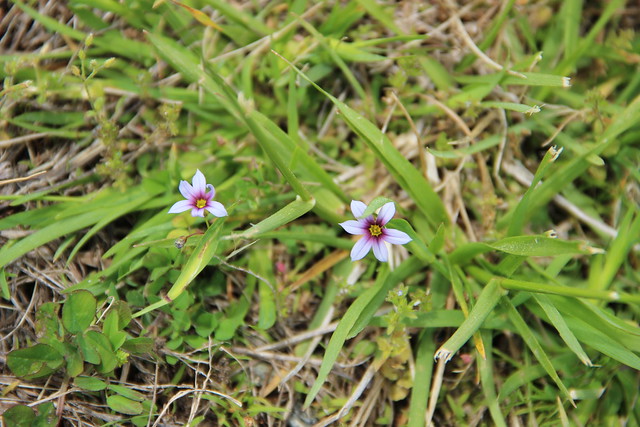
Wildflowers flourish here in the tornado ravaged area of the park
Countless small forbs, grasses and herbaceous plants have flourished in the tornado affected areas due to the removal of the mature forest overstory. Desired tree species like oak, hickory and shortleaf pine have begun to return, along with many others.
In fact, most visitors who come to the park for recreation may not notice the conservation aspect of park management. Camping, swimming and other fun activities are the things that draw people to state parks.
While visitors enjoy the natural surroundings, they may not realize that the environment, as they experience it, requires active management to preserve and protect it. Recreational opportunities is just a part of why our state parks are important.
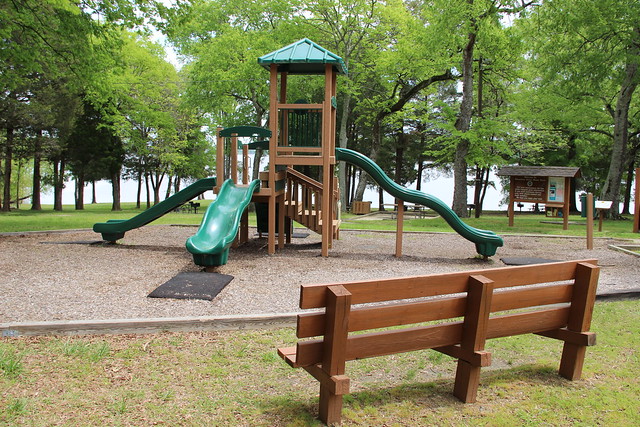
Visitors may not be aware of the active management that takes place here
As a division of the Virginia Department of Conservation and Recreation, part of Virginia State Parks' mission is to conserve and protect its natural resources. Reed Stanley, based at Staunton River State Park, is the resource specialist for parks in the area.
Stanley works to identify the parks’ long term management goals and create a desired future condition plan, or “DFC” through active ecosystem management using such silvicultural methods as prescribed burning, timber harvest, replanting and invasive species control.
Resource management affects how the park looks today, but more importantly, how the park will be for future generations. The DFC plan for Staunton River State Park is to eventually return the environment to the oak-hickory forest it once was.
Today, thanks to nature and sound resource management practices, Staunton River State Park has largely recovered from the ravages of the tornado that struck here just four years ago.
Read the first blog about Staunton River in our Park-of-the-Month series here.
For a location map click here.
Reed Stanley, Virginia State Parks resource specialist, also contributed to this blog.
If you have read the article and have a question, please email nancy.heltman@dcr.virginia.gov.
Search for blogs
By Park
Categories
Cabins
Camping
Fishing
History and Culture
Other
Programs and Events
Trails
Volunteers
Water Fun
Archive
2024
2023
2022
2021
2020
2019
2018
2017
2016
2015
2014
2012














